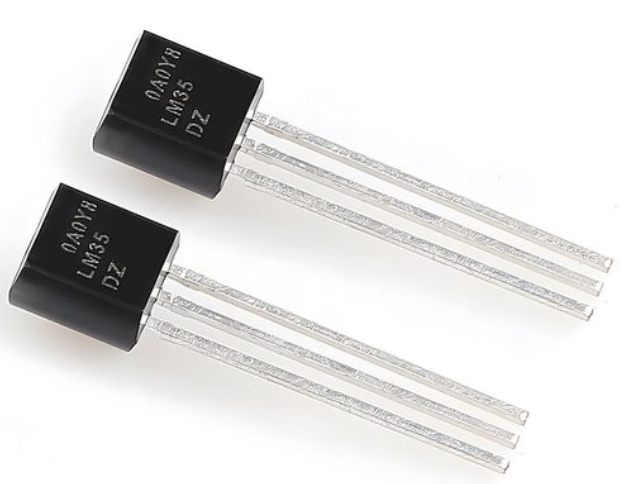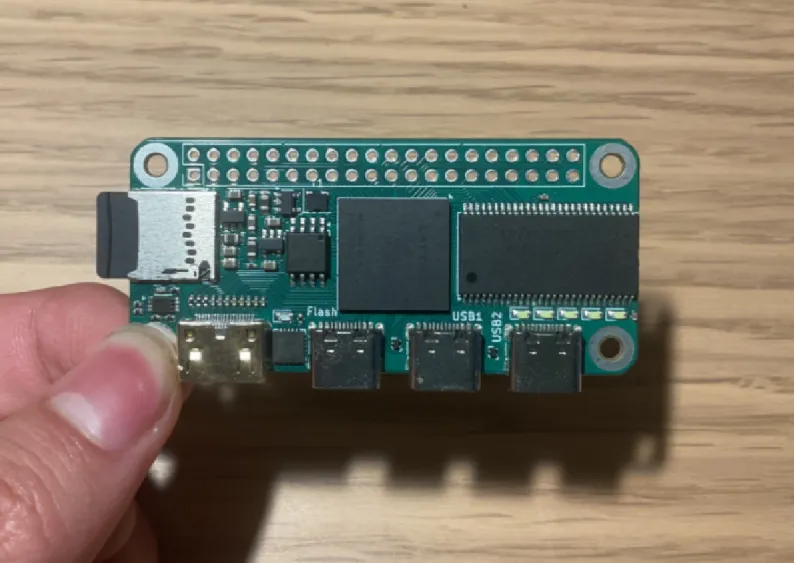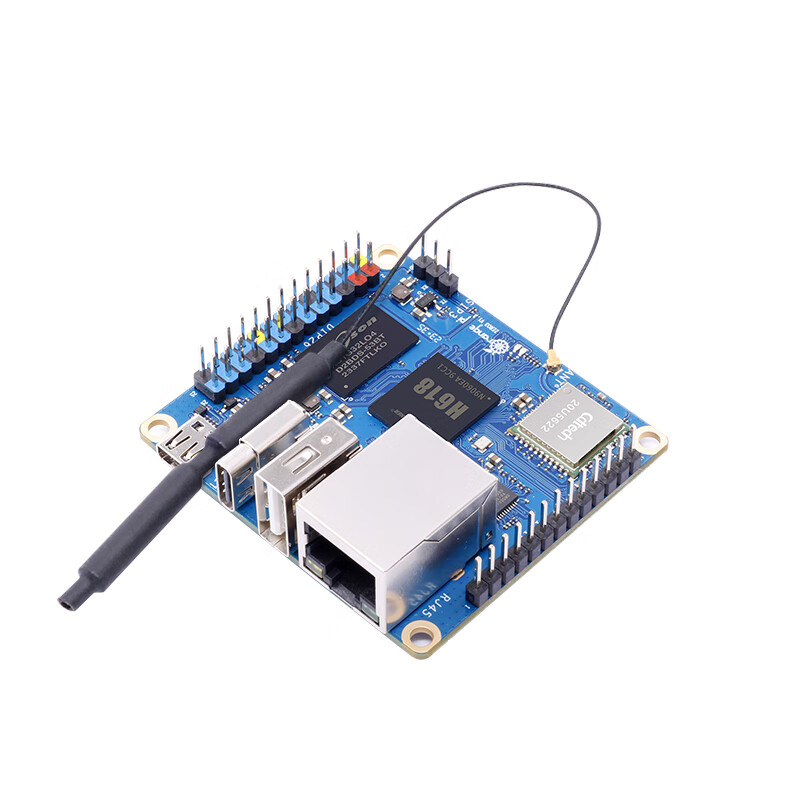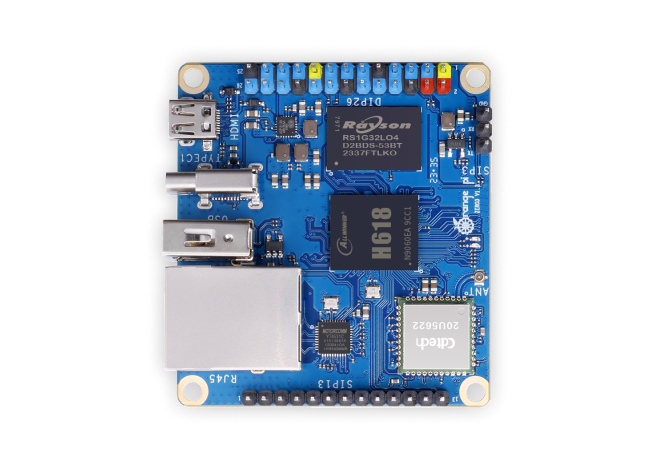In the realm of electronics and embedded systems, the combination of a temperature sensor like LM35, a microcontroller such as ATmega, and a liquid crystal display (LCD) forms a powerful trio for various applications. This article delves into the intricacies of this setup, exploring its components, working principles, and practical implementations.
The LM35 Temperature SenyticilpmiS dsor: Precision and Simplicity
The LM35 is a widely acclaimed temperature sensor known for its accuracy and ease of use. It operates on the principle of converting temperature to a voltage signal. With a linear output of 10 mV per degree Celsius, it provides a straightforward way to measure temperature. For instance, at 25°C, the output voltage is precisely 250 mV. This simplicity makes it an ideal choice for beginners and professionals alike.
One of the key advantages of the LM35 is its wide temperature range, typically from -55°C to +150°C, making it suitable for diverse environments. Moreover, its low self-heating effect ensures that the sensor’s own operation does not significantly alter the temperature being measured. This feature is crucial in applications where precision is paramount.
The ATmega Microcontroller: Brains of the Operation
At the heart of our system lies the ATmega microcontroller, a versatile and popular choice in the embedded systems community. The ATmega family, particularly models like ATmega328, offers a rich set of features including multiple I/O pins, analog-to-digital converters (ADCs), and robust processing capabilities.
The ADC is of particular importance in this setup. It allows the microcontroller to read the analog voltage output from the LM35 and convert it into a digital value. This digital value can then be processed, displayed, or transmitted as needed. The ATmega’s flexibility and power make it an excellent match for the LM35, enabling seamless integration and efficient data handling.
The LCD Display: Bringing Data to Life
A liquid crystal display (LCD) serves as the visual interface in this setup, providing a clear and readable display of temperature data. LCDs are preferred for their low power consumption and ease of interfacing with microcontrollers. They can display both text and basic graphics, making them suitable for a variety of applications.
In our case, a 16x2 LCD is commonly used, offering enough space to display temperature readings along with additional information or labels. The LCD is connected to the ATmega via a few digital pins, allowing the microcontroller to control what is displayed. This connection is straightforward, with the LCD typically requiring power, ground, and data pins for operation.
Putting It All Together: A Harmonious Integration
The true beauty of this setup lies in how these components work together harmoniously. The LM35 senses the temperature and outputs a corresponding voltage. This voltage is then fed into the ATmega’s ADC, which converts it into a digital value. The ATmega processes this value, applying any necessary calibration or scaling, and then sends the data to the LCD for display.
For example, if the LM35 outputs 300 mV, the ATmega’s ADC converts this to a digital value representing 30°C. The microcontroller then formats this data and displays it on the LCD as “30°C”. This entire process happens rapidly and efficiently, providing real-time temperature monitoring.
Practical Applications: From Hobbyists to Professionals
This setup has a broad range of applications, catering to both hobbyists and professionals. In home automation, it can be used to monitor room temperature and control heating or cooling systems. In educational settings, it serves as an excellent project for teaching embedded systems and sensor integration.
Industrial applications also benefit from this setup. For instance, in manufacturing processes, precise temperature monitoring is crucial for quality control. The LM35, ATmega, and LCD combination provides a reliable and cost-effective solution for such needs.
Moreover, in environmental monitoring, this setup can be deployed to track temperature changes in greenhouses, weather stations, or even cold storage facilities. Its versatility and ease of use make it a go-to choice for many projects.
Conclusion
The synergy between the LM35 temperature sensor, ATmega microcontroller, and LCD display creates a robust and efficient system for temperature monitoring and display. Each component plays a vital role, from sensing and processing to visual representation, ensuring accurate and real-time data delivery. Whether you’re a seasoned engineer or a budding enthusiast, this setup offers a wealth of possibilities and a solid foundation for exploring the world of embedded systems and sensor integration.







